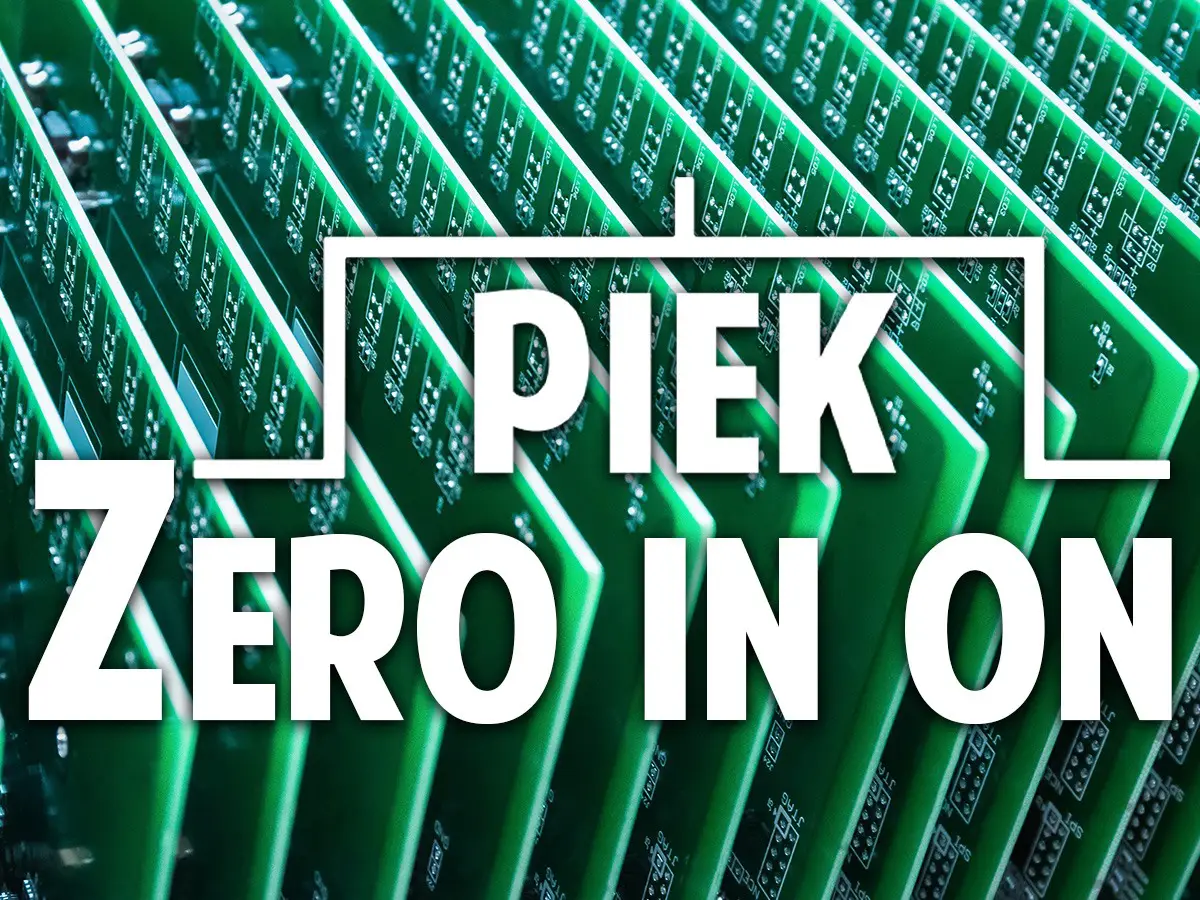If we talk about purchasing rigid bare board (or PCB) manufacturing the IPC-6012 is the most used document. This is one of a series of documents, also called the Qualification and Performance Specifications for Printed Boards. At the basis of this series is the IPC-6011 standard, in here we find definitions for the product classes, and general requirements for instance on documentation, qualification assessment, quality assurance etcetera.
The IPC-6012 is the document that contains the Qualification and Performance Specifications for Rigid Printed Boards. Other standards in this series are IPC-6013, IPC-6015, IPC-6017 and IPC-6018.
Topics in this IPC-6012 document are: Material requirements, Visual inspection requirements, Solder mask requirements, Electrical requirements and electrical tests to be performed, Cleanliness requirements and the applicable tests. Also, a variety of special requirements that might be specified by contract by the customer are listed and described. Also, definitions and requirements about rework and repair are to be found. One chapter concentrates on Quality Assurance Provisions.
The IPC-6012 also addresses the minimal thicknesses of final finishes and copper plating in the through-holes and via’s. In general, one might say that the dimensions and tolerances commonly used in circuit board manufacturing are implemented in numerous tables.
Catering for the electronics industry for space applications is the addendum to this general IPC-6012, the IPC-6012S document, providing specific criteria for this area. Specific automotive application considerations can be found in the IPC-6012A. Both addendums built up on the general IPC-6012 providing typically used criteria for these areas.
For more information regarding the actual processes and materials used at the production stages and for in depth information on the applicable tests to be performed for quality assurance the IPC-6012 is the best if rigid printed circuit boards are involved. These can be single-sided boards, multi-layers, HDI boards, boards with integrated passive components and metal core boards.
It is the document of choice for process engineers and purchasers at printed circuit manufacturers, but designers as well as assembly process engineers at the EMS or OEM might benefit greatly from it.
If you consider using this document, it might be a good idea to learn all the ins- and outs by attending an IPC-6012 certification training based on them. These certification trainings are provided by PIEK on both documents and will increase your knowledge level. Furthermore, training will help you in using the criteria correctly and avoid misinterpretation, which might save time and money. Profit from the extensive experience the PIEK trainers have on the use of these documents in daily practice and avoid the pitfalls in daily life caused by misinterpretation.






